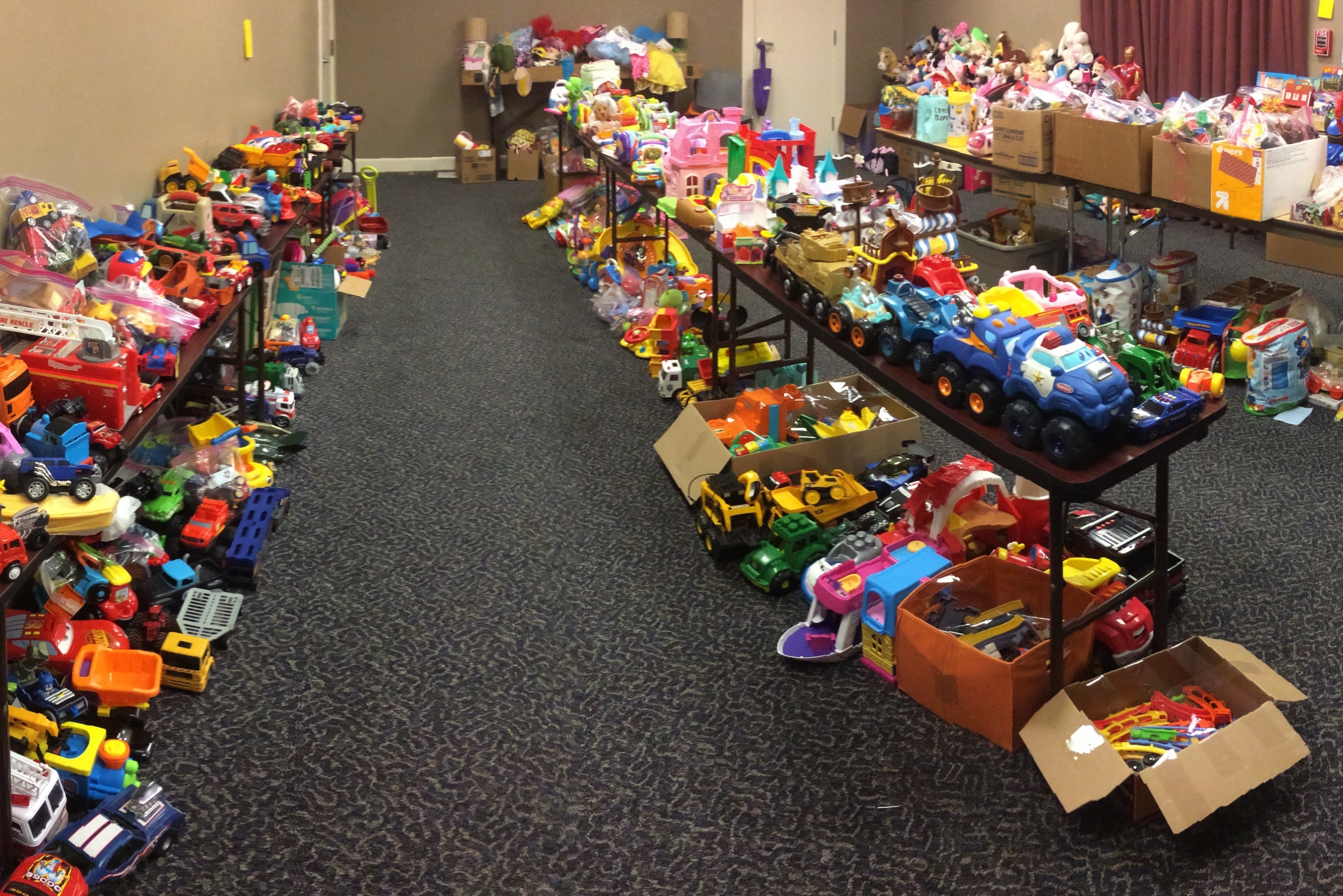Sustainable Play for a Brighter Future
In today’s world, where sustainability is a pressing concern, the concept of reuse extends to every aspect of our lives, including toys and children’s items. By embracing reuse in this industry, we not only foster a culture of environmental responsibility but also teach children the values of resourcefulness, creativity, and mindful consumption. In this article, we explore the importance of reuse in the realm of toys and children’s items, highlighting its benefits and providing practical tips for integrating reuse into our children’s playtime.

Upcycling Toys
Upcycling, the process of transforming discarded or unwanted materials into new products, offers a wealth of opportunities. Upcycled toys not only reduce waste but also unleash creativity and imaginative play. From cardboard boxes transformed into playhouses to old fabric scraps transformed into stuffed animals, upcycled toys encourage children to think outside the box, fostering their problem-solving skills and nurturing their creativity. Moreover, they teach children the importance of seeing the potential in objects that others might discard, instilling in them a sense of resourcefulness and environmental consciousness from an early age.
Swapping and Sharing
Another way to incorporate reuse in the toys and children’s items industry is through swapping and sharing initiatives. Toy swaps or sharing platforms enable parents and children to exchange or borrow toys, reducing the need for constant purchasing and minimizing waste. By participating in toy swaps, children not only gain access to a wider variety of toys but also learn the values of sharing collaboration, and community building.

These initiatives not only save money but also promote sustainable consumption patterns by extending the lifespan of toys and reducing the demand for new ones.
Repair and Restoration
When a toy or children’s item becomes worn out or broken, our immediate instinct may be to discard it. However, by embracing repair and restoration practices, we can breathe new life into beloved toys and extend their usability. Whether it’s sewing up a tear, fixing a broken mechanism, or repainting a faded surface, repairing and restoring toys not only saves money but also teaches children the value of taking care of their belongings and appreciating the longevity of well-loved items.
It also sends a powerful message about the importance of repairing and maintaining our possessions rather than simply replacing them.
Donating for a Second Chance
As children outgrow their toys and items, donating them to those in need provides an excellent opportunity for reuse. Donating gently used toys to shelters, orphanages, or charitable organizations not only benefits children who may not have access to toys but also helps reduce waste and promote a more equitable society. It teaches children the value of empathy, kindness, and giving back to the community, while also encouraging responsible consumption habits.c
Wrap up
The world of toys and children’s items offers numerous opportunities for embracing reuse, allowing us to create a sustainable and enriching play environment for our children. By incorporating upcycled toys, participating in toy swaps, embracing repair and restoration, and donating items for a second chance, we can instill in our children the values of resourcefulness, creativity, and environmental stewardship. Through these practices, we contribute to a brighter and more sustainable future, where our children learn the importance of reuse and become mindful consumers who cherish and respect the world around them.


